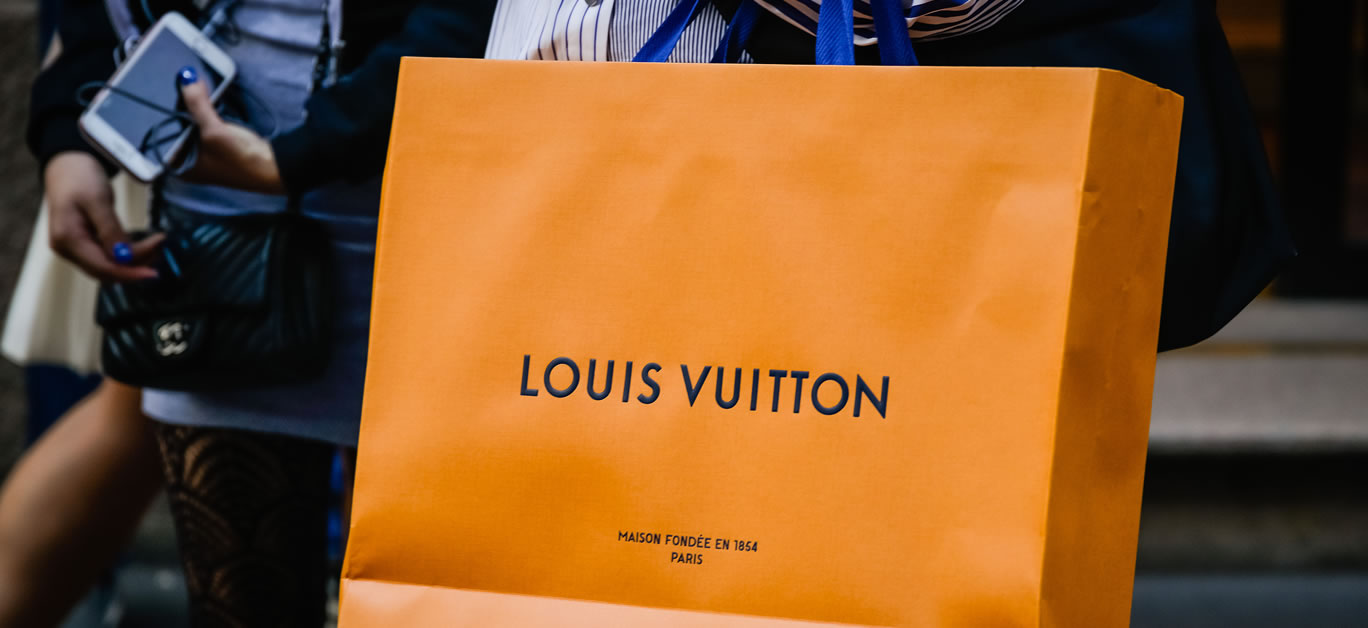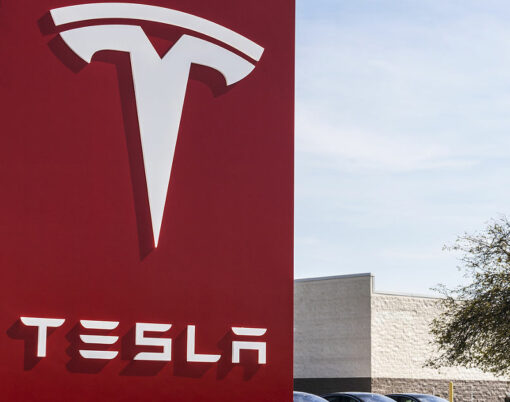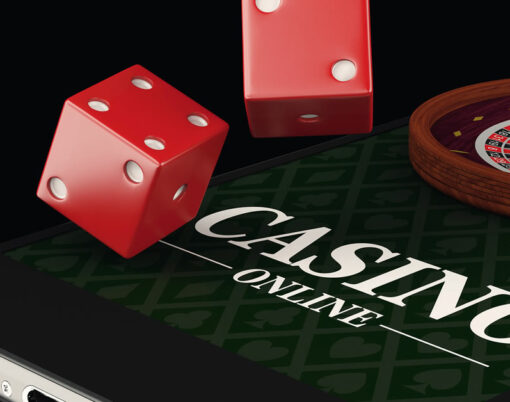With a new year comes new opportunity, and despite the spilling over of 2020’s challenges into 2021, more people than ever are looking for new ways to boost or generate an income – with a record number expected to start their own businesses over the next twelve months, the majority of these being online.
If there are two things that we learned amidst the ongoing Covid-19 pandemic, it’s that job security cannot be taken for granted, but that people have an incredible power to adapt to new ways of living. And, in the face of great difficulty, we’ve seen both budding and experienced entrepreneurs coming up with new and innovative concepts to create additional streams of income and achieve permanent time, location and financial independence – all great privileges in a time of lockdowns, working from home and general economic uncertainty.
The global luxury brand market is an area that continues to be of interest to savvy entrepreneurs, and is now estimated to be worth over $1 trillion a year, which makes it an attractive prospect if you’re considering launching your own brand in 2021. High-end brands encompassing everything from cars to clothing, and including the likes of Ferrari, Lamborghini, Gucci and Prada, have a long history behind them, but due to their affluent customer bases, have weathered the storm that 2020 brought with it – as well as previous economic downturns – very well. And, over the years, they have become household names that evoke thoughts of glamour and sophistication as well as feelings of longing and admiration almost universally.
Today, there are more luxury brands on the market than ever before, and it’s no longer as easy to stand out as it once was, so as tempting as it is to go ahead and order in those pens or tumblers with company logo and get that new idea off the ground, there’s a lot to consider before you start excitedly handing out your new merch to family and friends.
So, how have the most esteemed brands on the block managed to achieve cult status and a place in society for generations – and what can new entries to the industry learn from it? Here, we take a look.
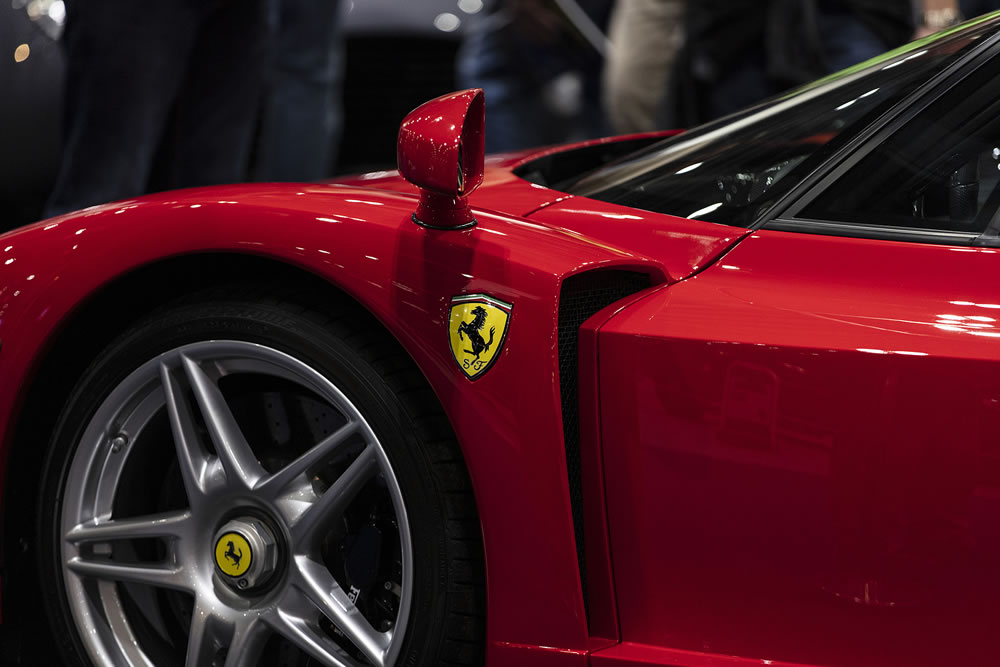
Nabbing the right niche
The luxury start-ups that go on to become the most successful have all got one thing in common – they have all successfully identified a niche segment and ensured that there is scope enough within it for their brand to grow exponentially. Failing to thoroughly research this beforehand is the number one reason why most new brands fail in their first year. A great idea alone simply isn’t enough, and we’ve seen all too many notable names disappear from the global stage over the years due to failing to prepare for the future.
The luxury brands of today are more accessible than ever, and high-end designer names such as Gucci have adapted quickly with the changing times. Where once, their customer base was limited to affluent, high-net-worth individuals alone, the rise of social media and the ‘influencer’ career has made a place for them amongst the millennial generation, too. By utilising influencer marketing themselves and adapting to meet demand from the younger generation, they have dramatically increased their market share – proof, if it’s needed, that looking to the future and the changing landscape that is set to come with it is crucial for long-term success.
Nonetheless, when it comes to luxury brands it is the original target audience of affluent customers that elevates a relatively unknown name to lofty new heights and this should not be underestimated for any new start-up. The rich, famous and celebrity crowds have long been responsible for helping brands to achieve the status value that cements their place in the pecking order for the long-term. If they’ve got it, people will want it – and that’s unlikely to ever change.
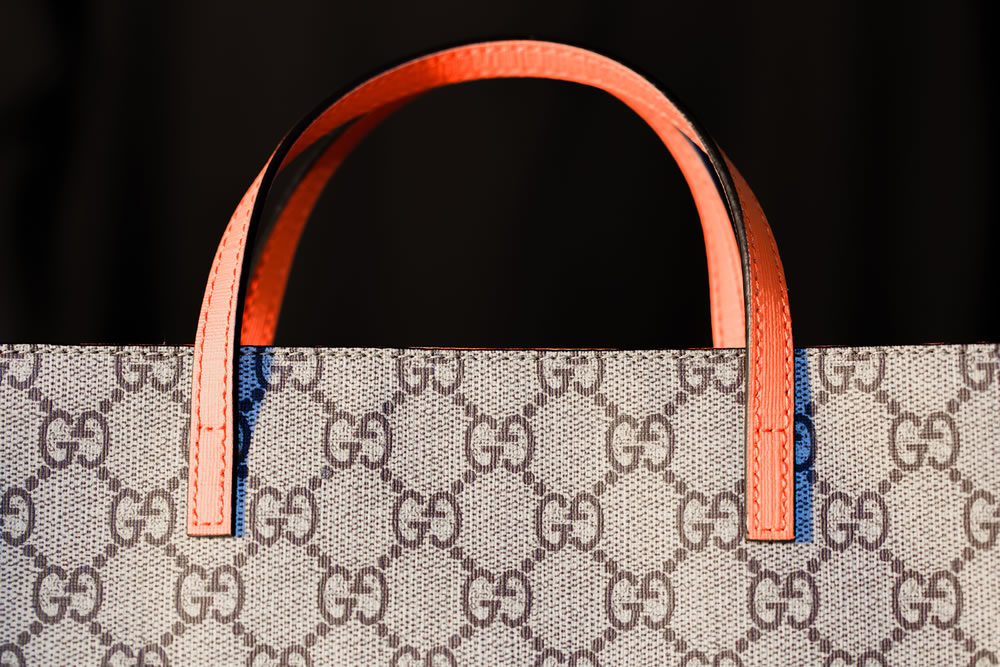
Quality and craftsmanship
If there’s one thing that separates luxury goods from their middle-of-the-road alternatives, it’s quality, and any luxury start-up that fails to take this into account will ultimately fail overall. It is ensuring the utmost in quality and craftsmanship across all products that has earned esteemed brands the respect they have today, and their refusal to compromise on this is what has cemented them as long-term favourites.
An affluent customer will know how to spot a well-made garment or handbag, for example, simply by looking at it – and underestimating this is perilous for those who are starting out. While a well-known brand name might be enough to entice a younger, millennial crowd – many of whom have become wealthy overnight themselves thanks to utilising social media to turn a profit and land paid brand deals – into purchasing, even they are becoming increasingly aware of how and where their clothing, accessories and the other goods they consume are made.
It is therefore more important than ever for brands to incorporate ethical practices into the manufacturing process and to take sustainability very seriously. This can be done in a number of ways, from suppliers like Ecofreen providing design printing businesses with reliable supplies to reducing waste and energy within the business.
The demand for quality now extends far beyond materials alone, and brands must consider every phase of their manufacturing process to please an increasingly awakened customer base.
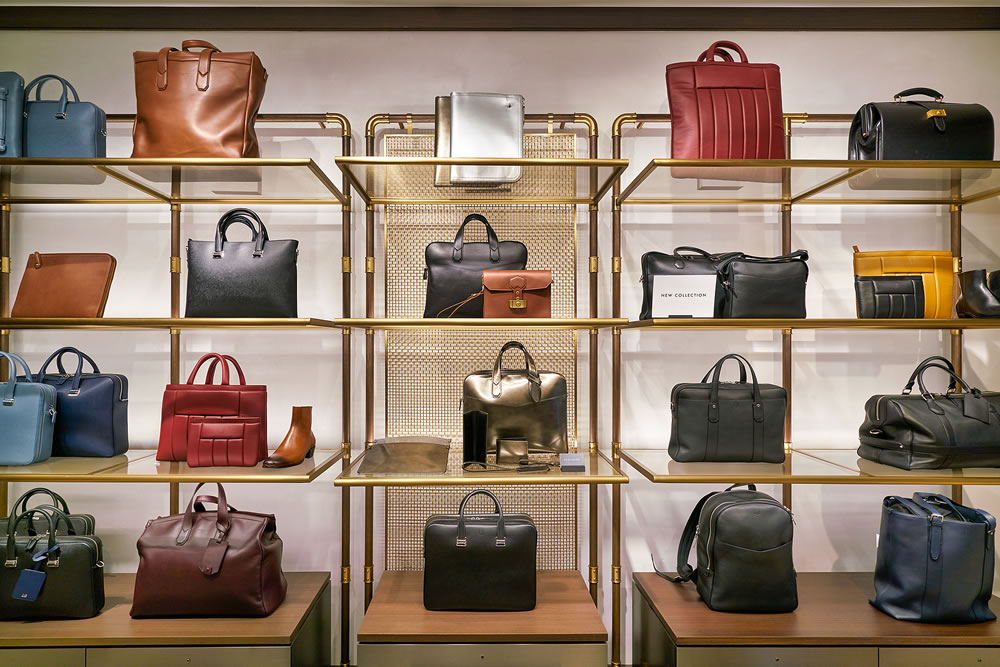
Customer experience
Of course, quality is something that has come to be expected across the industry, so where can brands go one better to cement their long-term success?
For many, paying extra attention to customers and their overall brand experience has won them legions of loyal fans, and that has set them apart from the competition. It’s no longer enough to design a beautiful pair of shoes or a must-have car if you’re not thinking beyond the obvious, and savvy customers are quick to notice where some are slow to adapt.
The luxury market, due to its smaller customer base when compared with more mainstream and lower-priced alternatives, relies on customer loyalty to prosper, and maintaining a positive ongoing relationship with them is crucial. The brands that succeed in the longer term are those that provide experiences curated towards solidifying customer commitment, and reflect their values at every stage.
The bottom line
2021 is a year of great promise, and despite the ongoing challenges of the Covid-19 pandemic, there is huge potential for new luxury brands to flourish. By putting quality and customer experience at the centre of all you do and embracing brand heritage, you too could prosper, and that branded merchandise will be on its way to you sooner than you think.












